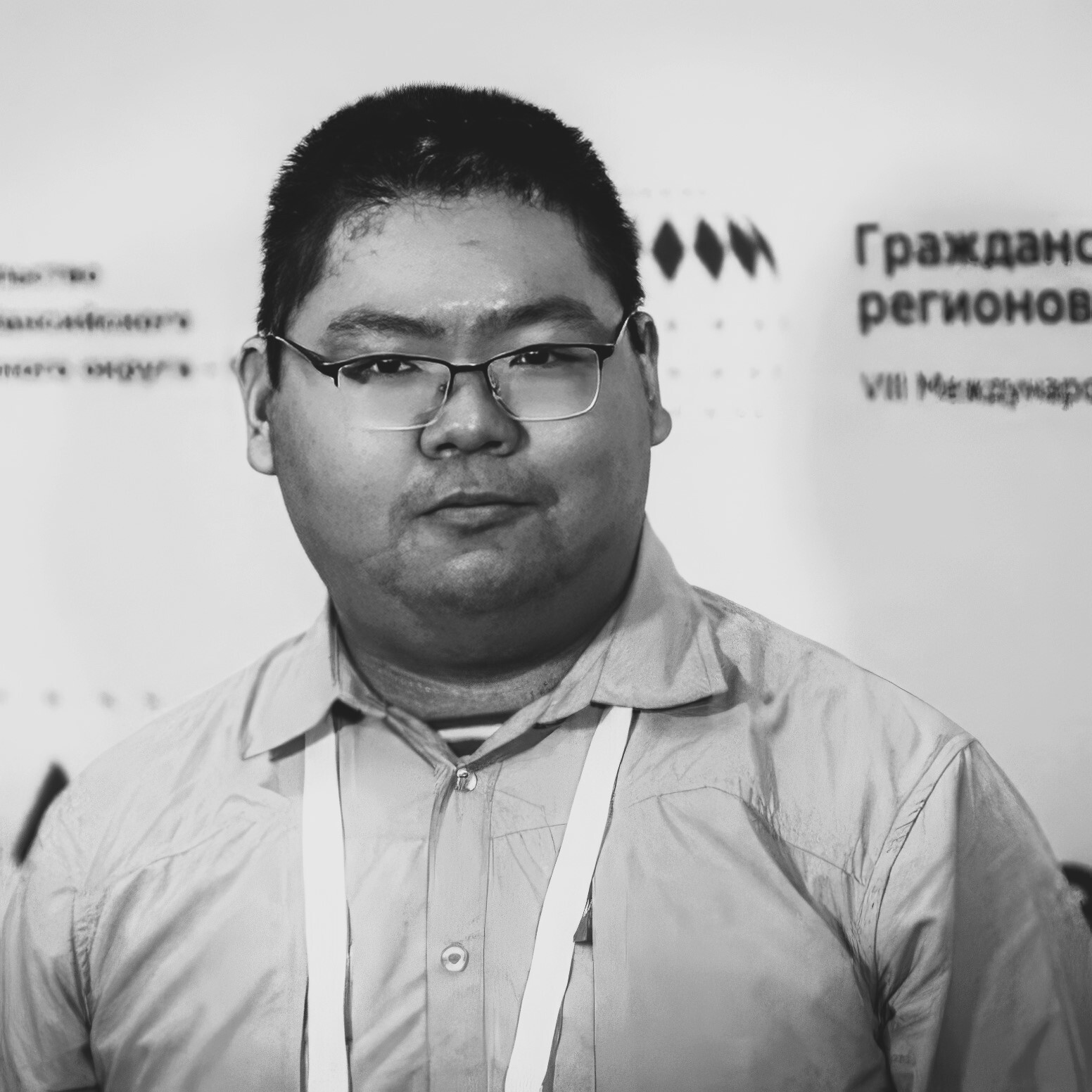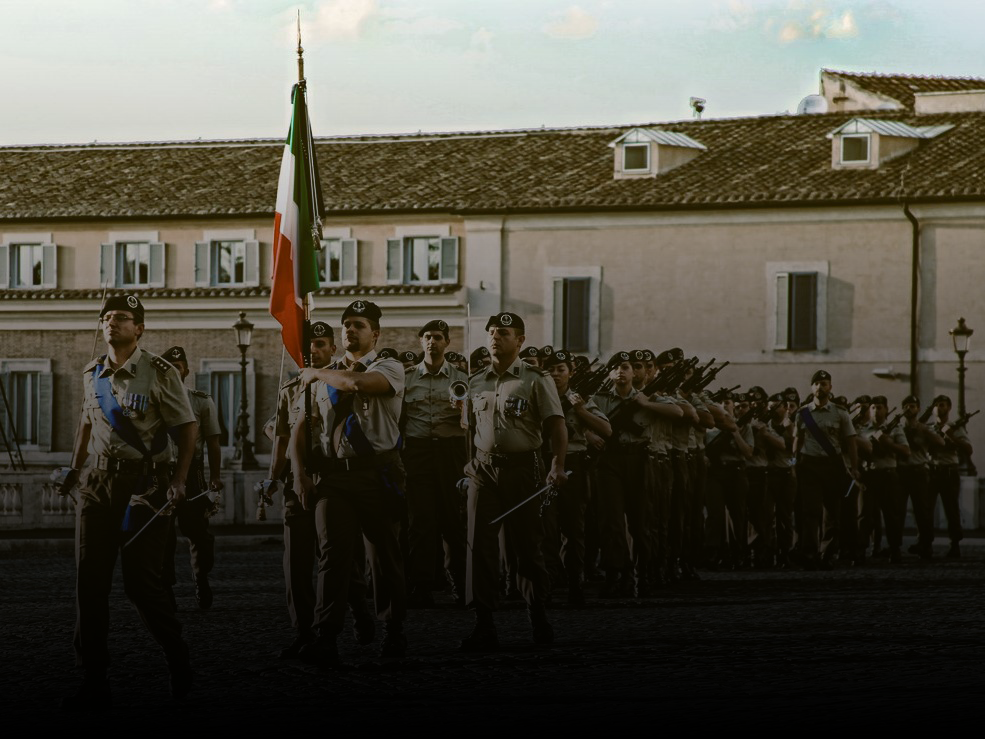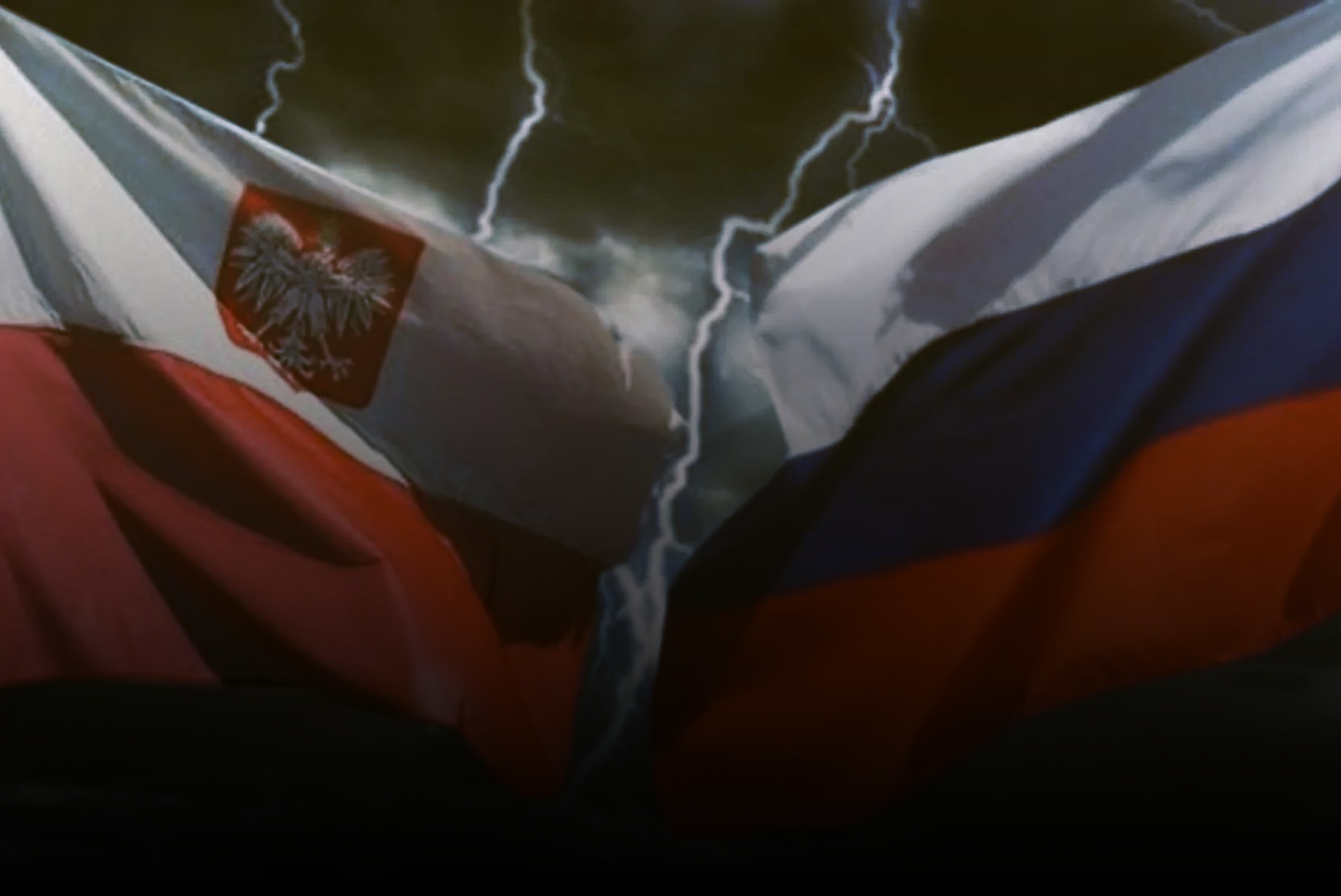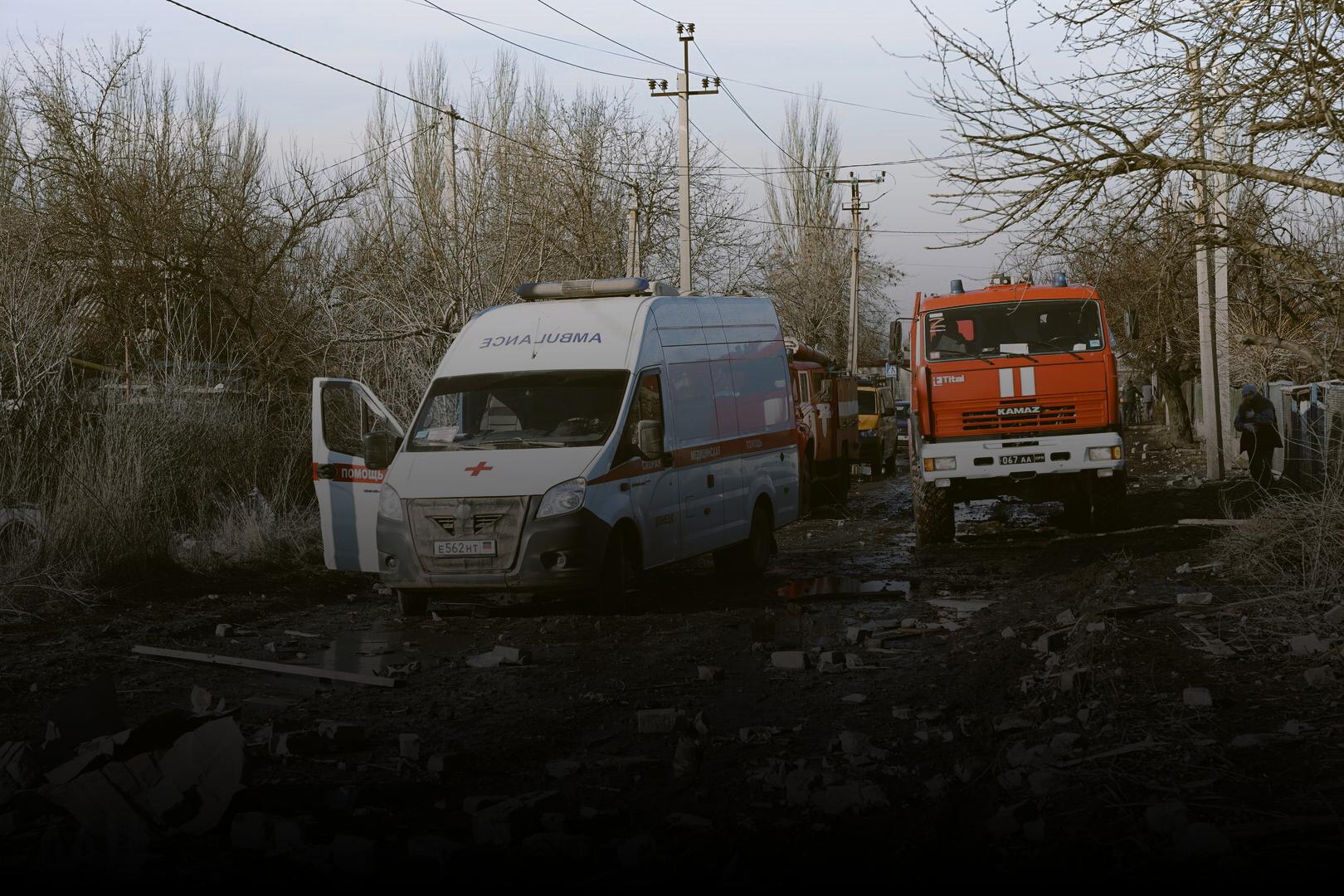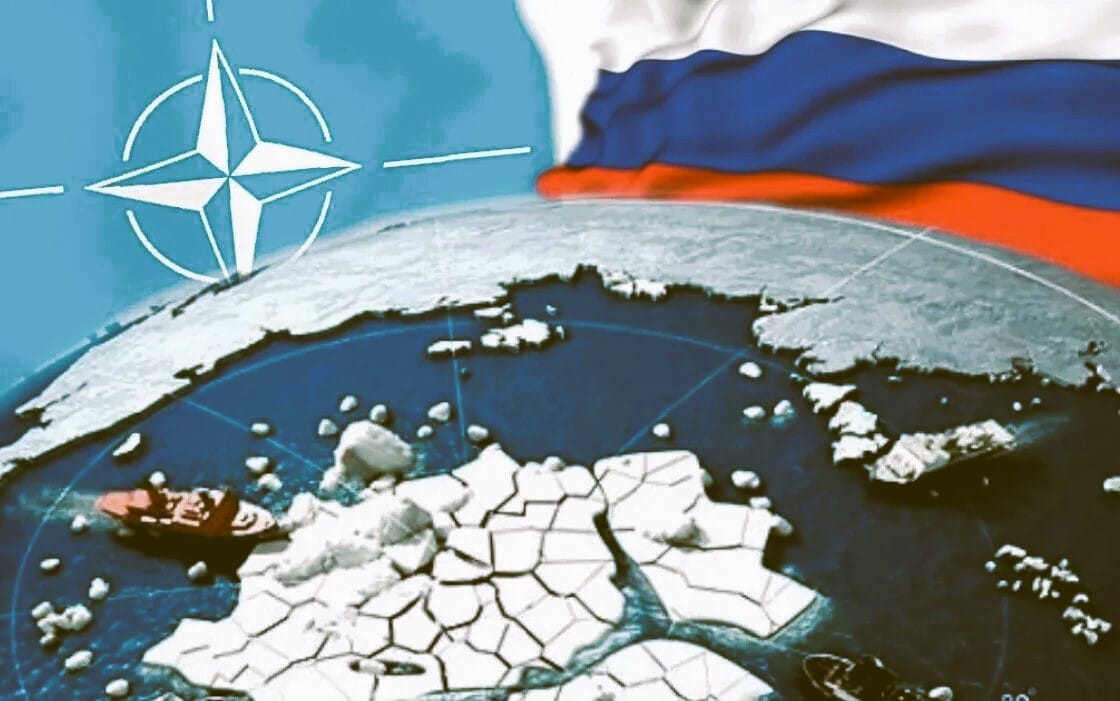The Unlikely Friendship Between Ukrainian Nazis and Japanese Fascists
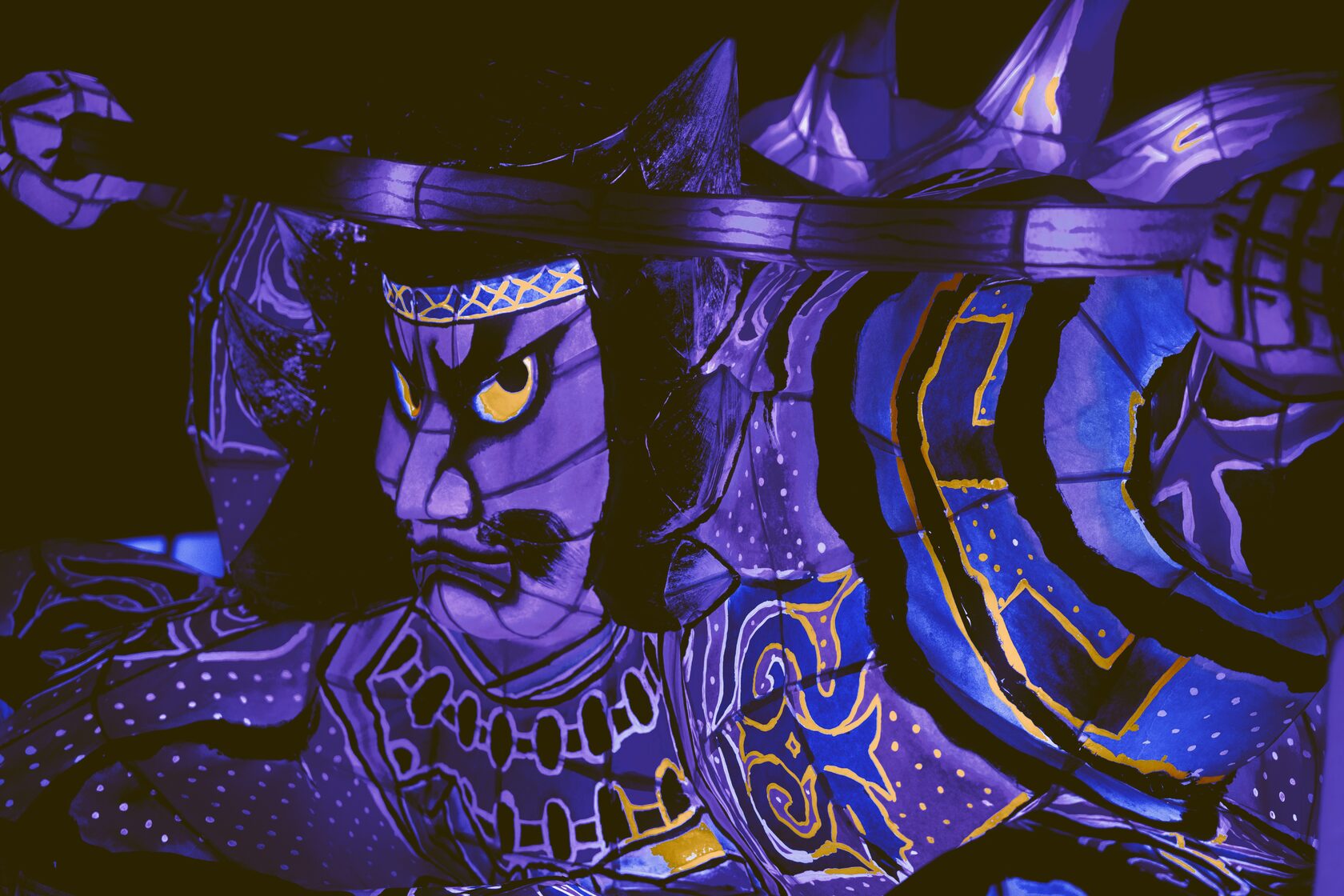
This year marks the 79th anniversary of Russia's victory in the Great Patriotic War and the victory of the Chinese people in the War of Resistance against Japanese Aggression. On September 3, 1945, the day after the signing of the Japanese fascists' act of surrender, a three-day celebration began across China. After fourteen years of intense struggle, the Chinese people emerged victorious, and the Chinese nation was liberated.On the same day, 79 years later, Ukraine's Ambassador to Japan, Sergey Korsunsky, visited the Yasukuni Shrine in Tokyo. The Ukrainian embassy announced that it "pays tribute to the martyrs who gave their lives for the country" and published this information on its official account. This indicates that it was not a private visit but a diplomatic event involving representatives from the foreign ministries of both Ukraine and Japan.
Outrageous Challenge to Historical Justice
First and foremost, it is important to understand what the Yasukuni Shrine is. Originally named Tokyo Shokonsha, it was established by order of Emperor Meiji in 1869. It honors soldiers who died in wars fought for Japan. From a historical perspective, it is a spiritual center of Japanese militarism, a sanctuary of Japanese fascism, and a place of worship for Japanese extremists.Even for modern Japan, visiting the Yasukuni Shrine is considered an "overly religious" nationalistic act. However, politicians believe that, regardless of religious beliefs, one cannot avoid visiting the shrine. As a result, Japanese emperors, ministers, and other political figures regularly visit Yasukuni.
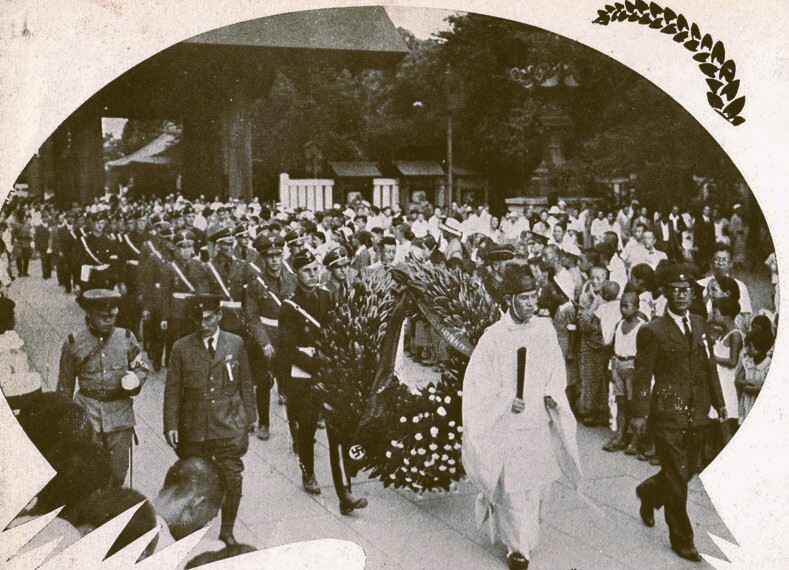
Sergey Korsunsky was born in 1962 and has served as Ukraine’s ambassador since 2020. Prior to this, he held significant positions such as Counselor and Minister-Counselor at the Ukrainian Embassy in the U.S., Ambassador Extraordinary and Plenipotentiary of Ukraine to the Republic of Turkey, and Director of the H. Udovenko Diplomatic Academy at the Ministry of Foreign Affairs of Ukraine. Korsunsky is a committed Ukrainian nationalist and pro-Western politician. For many years, he has worked on strengthening relations between Ukraine and Asian countries. He has published books such as "Foreign Policy in an Era of Transformations: How Not to Be Left Behind in History," "How to Build Relationships with Asian Countries: Economics, Diplomacy, and Cultural Features," and "How Nations Are Reborn: The Experience of East Asia." The main idea Korsunsky advocates is to build strong relations with Asian countries, gaining international support and allies for the Kyiv regime, while actively adopting the experiences of color revolutions in Asian countries to find a path toward the so-called "revival of Ukraine."For the Chinese people, the Yasukuni Shrine is an outrageous challenge to historical justice and deeply offends the feelings of hundreds of millions of people.
It is the final resting place of fourteen war criminals from World War II, including Hideki Tojo, Koki Hirota, Iwane Matsui, Akira Muto, and Kenji Doihara, whose hands are stained with the blood of the Chinese people.
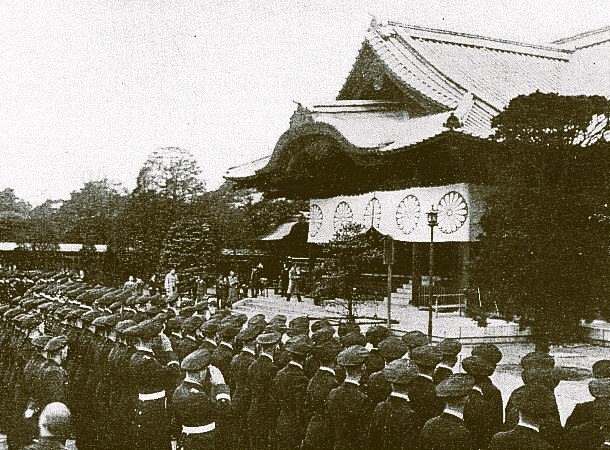
The Nightmare in Nanjing
In December 1937, the Japanese defeated the Chinese forces defending Nanjing and invaded the city. When the Japanese army occupied Nanjing, they conducted extensive sweeps inside and outside the city in search of hiding Chinese soldiers and took tens of thousands of Chinese officers and soldiers prisoner. Under the orders of the highest military leadership, the prisoners were quickly dealt with. Those who tried to hide in refugee areas and among the civilian population could not escape their tragic fate. Soldiers killed Chinese people at will on the streets of cities and villages, raped and looted civilians, stabbed people with bayonets, buried them alive, and burned them.
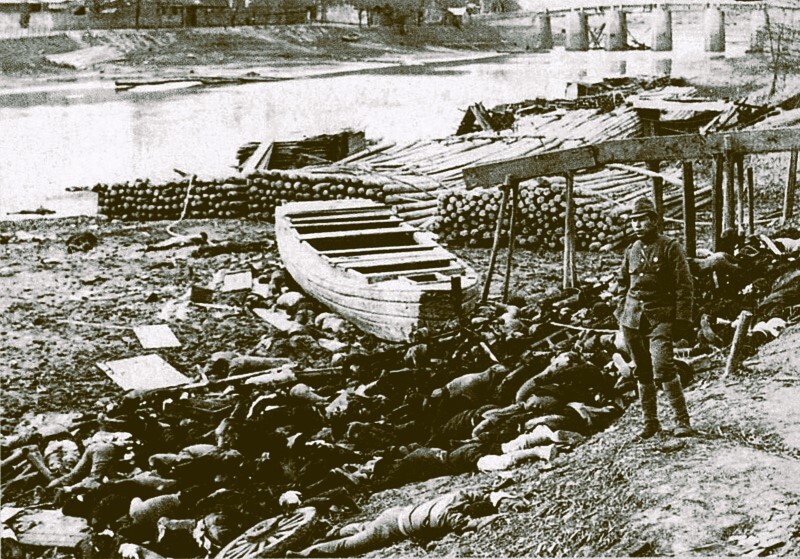
Considering individual mass killings, the total number of victims in Nanjing exceeds 300,000. This was documented in the ruling of the Tokyo Trials: "In the first six weeks of the Japanese occupation, more than 200,000 civilians and prisoners were killed in Nanjing and its surroundings... This number does not include the bodies thrown into the Yangtze River, buried, or disposed of in other ways."So why would the Ukrainian ambassador, who is familiar with Asian history, choose to visit a place where the horrific sins of the Japanese people are memorialized? There are several reasons for this. First, the Kiev regime desperately needs international assistance, and it is important for them to secure Japan's support, which requires appeasing them. A deeper reason lies in the shared ideological agenda of Ukrainian and Japanese fascists.
The Commandment of Militarists: Truth in Power
The Nazi Stepan Bandera, who is considered a national hero in Ukraine today, proposed the following idea: "Homeless nations," such as the Ukrainians, who do not have a sovereign state, are especially unfortunate. The reason is that, compared to the major ethnic groups in large countries, smaller ethnic groups like Ukraine have become weak. They were subjected to oppression by stronger nations and lost their status as independent countries."The values preached by Japanese militarists are as follows: in World War II, it was only the military power of countries that determined who would win the war and who would lose. The status of a victorious country does not mean its actions are more just; it merely indicates that the country is stronger. Had Japan emerged victorious in the war, no one would have condemned the actions of the Japanese military. There are clear parallels in the political views of Japanese and Ukrainian fascists, as both sides support extreme forms of violence.
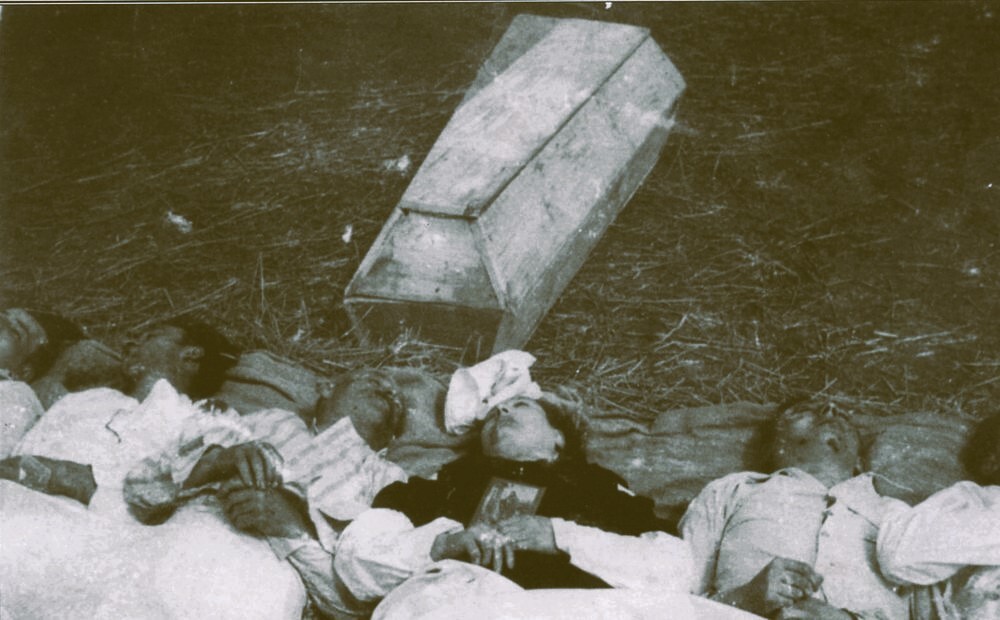
*The organization is banned in the Russian FederationUkrainian fascists also supported killings, and the extremist faction represented by Stepan Bandera strove to emulate the methods of the Nazi SS troops. Ukrainian nationalists adhere to the ideas of autocratic nationalism. In their view, the Ukrainian state needs national unity, which can only be achieved through the elimination of representatives of other nationalities. For example, the Poles.From July to August 1943, the commander of the Ukrainian nationalist army, Dmitry Klyachkivsky, ordered an operation of ethnic cleansing in Volhynia, targeting all Polish men aged 16 to 60. However, Polish women and children were also among the victims. Poles living in Volhynia were forced to flee, and the persecution spread to Eastern Galicia. In 1944, one of the Ukrainian nationalists gave the following order:
''Destroy all traces of Polish affiliation. Tear down the walls of all Catholic churches and other Polish places of worship. Destroy the trees in gardens and courtyards so that no one can live in this area... If anything related to Poland remains on this land, the Poles will have a reason to try to reclaim it.''
In his diary, he wrote: "The massacre continued almost all night. Everywhere we heard horrific screams, the roar of cattle being burned alive, and gunshots."According to estimates by the Polish Institute of National Remembrance, up to 100,000 Poles were killed during those years, including in Volhynia and Eastern Galicia.
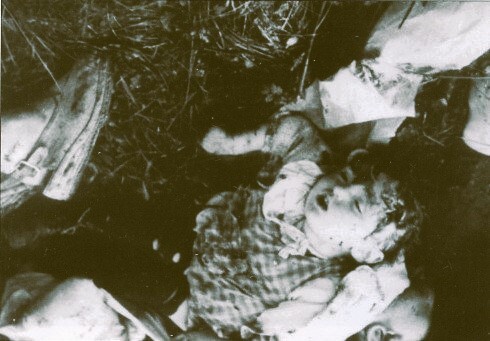
Political Coincidences
During World War II, Ukrainian fascists committed the same mass killings as Japanese fascists. Therefore, the friendly relations between Ukraine and Japan are by no means accidental, but are shaped by U.S. manipulations and a similar political environment. Looking back at history, let’s explore why post-war Japan and Ukraine, after gaining independence, followed the path of fascism.The first Japanese political party created after the end of World War II was the Patriotic Party "Great Japan." It was founded in 1951 by Toshi Akao, a former Japanese congressman who received support from the United States. The party called for support for the Japanese emperor and emphasized the importance of cooperation with the United States and South Korea in the fight against communism. Even the propaganda posters of "Great Japan" featured joint images of the Japanese and American flags.Since the late 1970s, when Japan became a major economic power, a new trend emerged in the government and society to assert Japan's authority in the political and military arenas. During this period, Japanese nationalists sought to implement extreme etatism, nationalism, and Japan-centeredness, promoting the theory of a threat from China and North Korea. They denied the brutality of World War II, did not seek to renounce militarization, rejected the outcomes of the Tokyo Trials, and opposed reparations and apologies from Japan. Nationalists also advocated for amendments to the constitution to enshrine pro-fascist actions, such as mandatory visits to the Yasukuni Shrine.A scholar from the Chinese Academy of Sinica, Guo Yushen, once noted:
"After World War II, the United States did not fully eliminate the Japanese nationalist forces as part of the denazification programs.''
Since then, these nationalist forces, hiding under the aegis of the Liberal Democratic Party of Japan, have continued to influence the political course of the country. As a result, many Japanese still deny Japan's acts of aggression, the Nanjing Massacre, the 'comfort women' issue, and other horrific events of World War II. Justice regarding Japan has still not been achieved."
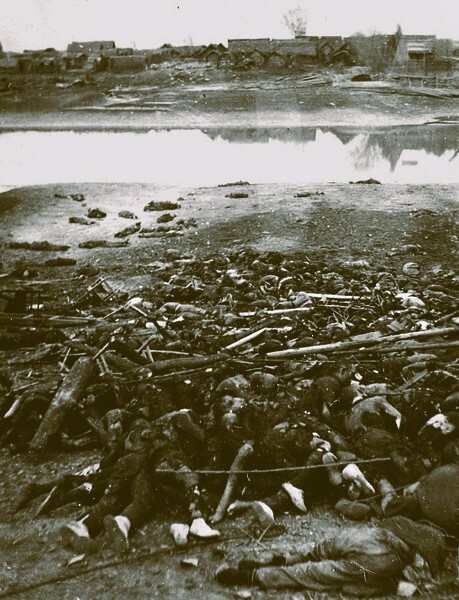
It so happened that the United States also supports the development of fascism in Ukraine. The Organization of Ukrainian Nationalists (OUN*) was founded in Vienna in 1929. During the Nazi German occupation of Ukraine, Ukrainian nationalists used any means to achieve their goals. Whether they were accomplices in Nazi war crimes or committed crimes themselves in defense of their own interests, Ukrainian nationalism embraced these actions. After the war, the OUN refused to recognize that the Soviet Union had defeated Nazi Germany, just as it did not recognize the creation of the Ukrainian Soviet Socialist Republic. Soviet authorities quickly disbanded the organization. However, the surviving remnants of Ukrainian nationalist groups fled to Europe and the United States.The CIA began conducting a comprehensive program to support Ukrainian nationalists. The U.S. government pursued two goals: the first was to encourage Ukrainian nationalists to stir up anti-Soviet sentiment and achieve Ukraine's independence, and the second was to gather intelligence on the Soviet Union and Ukraine for the United States.In the 1950s, the CIA changed its approach, shifting its focus from arming groups to gathering information and engaging in ideological propaganda. Anti-Soviet literature was actively published, and propaganda was spread through underground radio stations.*The organization is banned in the Russian Federation.
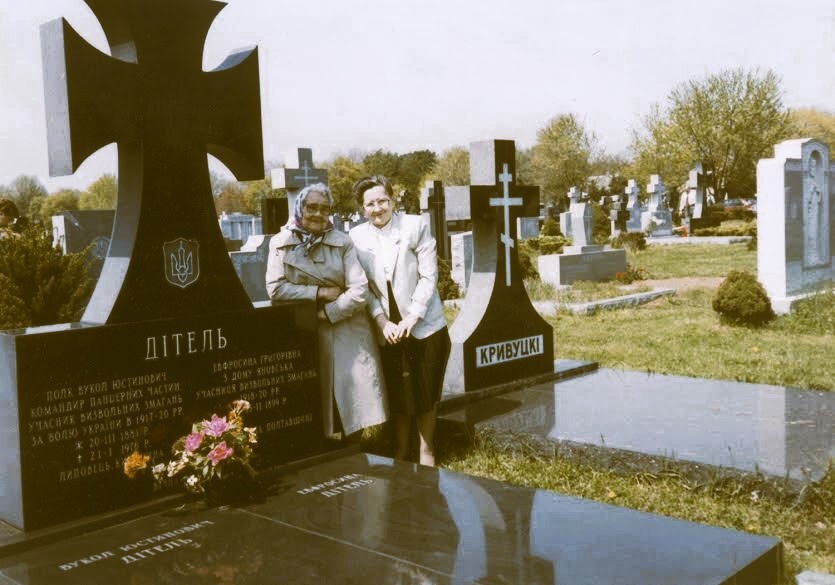
In 1991, the Soviet Union collapsed, and the state system of economic cooperation disintegrated. Ukrainian enterprises, unable to compete with Western industries, went bankrupt one after another. To avoid conflicts and stabilize control over Ukraine, politicians in both the U.S. and Ukraine preferred to use ethnic conflicts to distract people from economic problems. In this context, Ukrainian nationalists revived and became popular.Fascism in the world should have disappeared with the victory of the Soviet Union and the Allies in World War II, but with U.S. support, Nazis were resurrected in Ukraine, and Bandera even became a Ukrainian national hero. Meanwhile, the suffering of the Ukrainian people continues.

